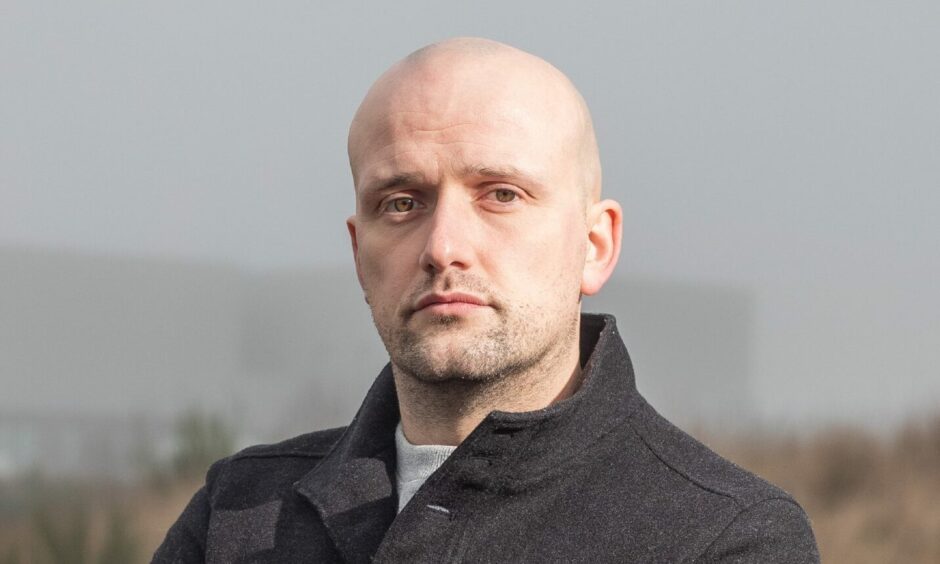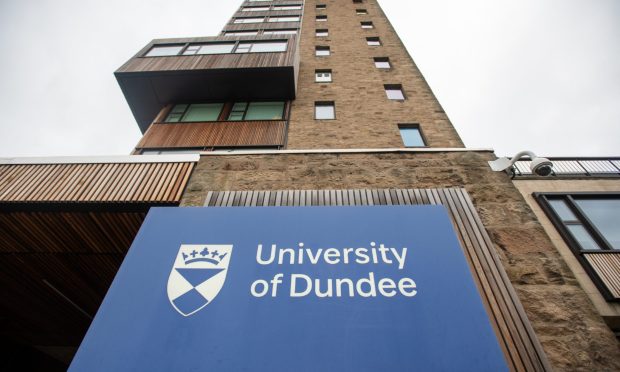Humza Yousaf’s resignation means there is a leadership void needing to be filled in a time of crisis for the SNP.
Could former leader John Swinney be the experienced pair of hands the party turns to in a desperate bid to steady the ship – again?
The veteran Perthshire MSP admitted within two hours of Mr Yousaf’s resignation speech that he is giving “careful” and “active” consideration to running for the top job.
Mr Swinney remains highly respected within the SNP and has been a dependable figure for his party in the past.
And he has received the backing of some senior nationalists, including Westminster leader Stephen Flynn.
Background and entry to politics
Born and raised in Edinburgh, Mr Swinney joined the SNP in 1979 when he was only 15-years-old.
He got his first big break when he was elected to Westminster for North Tayside in 1997, before entering Holyrood two years later.
Mr Swinney lives near Blairgowrie, in the Perthshire North constituency he currently holds.
He has three children and is married to TV reporter Elizabeth Quigley.
He’s already had tough spell as SNP leader
In September 2000 Mr Swinney became the new SNP chief, succeeding Alex Salmond.
He took on the role at a time when his party was hoping to increase support for independence in the newly created Scottish Parliament.
But his spell in the top job did not go to plan.
The SNP failed to make any progress in the 2001 Westminster election and lost one MP.
Further disappointment followed when the nationalists lost eight MSPs at the 2003 Holyrood election.
The following year he resigned, paving the way for Mr Salmond’s return.
Jobs in government
It was in government that Mr Swinney really made his name.
He became the Scottish Government’s finance chief when SNP sensationally secured power in the landmark 2007 election.
For his first four years in the job he had to steer budgets through parliament with the support of rival parties – including the Conservatives – since the SNP did not have a majority.
He also played a key role in abolishing tolls on the Tay and Forth bridges.
Meanwhile, government records released this year show Mr Swinney raised concerns over plans to dual the A9 on the same day Mr Salmond pledged to upgrade the route.
He warned the project – which is still uncomplete – would be “hugely expensive” if it went ahead.
Should he take power now, it will be one of the main priorities he has to deal with.
Mr Swinney held the finance role until 2016, making him Scotland’s longest-serving finance minister in the era of devolution.
When Nicola Sturgeon became first minister she made Mr Swinney her deputy, cementing his position as the No2 figure in the party.
From 2016 until 2021 he also served as the SNP’s education secretary, a significant post given Ms Sturgeon’s determination to prioritise her education record.
He was widely seen by civil servants and party staff as easy to get on with professionally.
During the Covid pandemic his job came under threat due to a major controversy surrounding exam results, but he survived a vote of no confidence.
Mr Swinney admitted he came “incredibly close” to quitting around this time, but Ms Sturgeon convinced him to stay on.
In fact, the SNP veteran claimed he had been repeatedly trying to leave the government since 2016.
Ms Sturgeon, however, “wouldn’t countenance” his departure.
After the 2021 Holyrood election he was asked by Ms Sturgeon to lead Scotland’s Covid recovery.
And in July the following year he briefly returned to his old post as finance secretary again while Kate Forbes went on maternity leave.
On the backbenches
Mr Swinney declined to run in the contest to replace Ms Sturgeon despite being one of the bookies’ favourites and quit his post as deputy first minister.
The veteran nationalist admitted he seriously considered putting himself forward, but said the party needed “fresh thinking”.
That meant he returned to Holyrood’s backbenches for the first time in years, where he has remained an active contributor during debates.
He has been involved in discussions around a US property giant’s controversial plans to redevelop Taymouth Castle.
And in February, he condemned police over their handling of a fatal shooting in Aberfeldy.
How would he fare this time?
Given Mr Swinney did not stand last year when he could have won, why does it look like he is changing his mind now?
The SNP is in desperate need of someone to stem the party’s decline as the party is continually engulfed by turmoil.
His most high-profile endorsement so far comes from SNP Westminster leader Stephen Flynn.
He has also been given the backing of education secretary Jenny Gilruth, a Fife MSP, who was touted as a possible contender.
Former SNP House of Commons chief Ian Blackford wants him to become first minister, as does the party’s Deputy Leader Keith Brown.
And Perthshire MP Pete Wishart said Mr Swinney would be an “excellent unifier”, urging the party to get behind him.
One party insider said Mr Swinney was the “outstanding candidate to steady the ship”, and said he had grown a lot as a politician since his first spell as leader.
Another told us: “If the sh*t hits the fan we need a steady pair of hands to get us through the weeks ahead.
“What better pair of hands than John?”
READ MORE:
















Conversation